Turda Salt Mine and Gorge: An Easy Cluj-Napoca Day Trip
This destination guide covers the sights in the town of Turda, including its renowned salt mine (Salina Turda) and the Turda Gorge (Cheile Turzii), both of which make for an easy day trip from Cluj-Napoca.
A Cluj-Napoca day trip to Turda
As I’ve shown in the previous chapter of this trip report series, the Romanian city of Cluj-Napoca is a fantastic place to visit.
Not only is there a lot to see and do in the unofficial capital of Transylvania, but there are also some absolutely worthwhile day trips you can make from Cluj, with Turda being the most obvious destination.
Two sights in Turda, the man-made wonder of the underground salt mine and the natural wonder of the Turda Gorge, are both among Romania‘s most amazing attractions.



Getting from Cluj-Napoca to Turda
The town of Turda is located 31 kilometres south-east of Cluj-Napoca, and if you have a (rental) car at your disposal, it’s a straightforward drive.
If you want to travel from Cluj-Napoca to Turda by public transport, the bus is the best option, with buses departing roughly three times an hour on weekdays and twice an hour on weekends for most of the day.
The primary operator of the Cluj-Napoca to Turda bus route is Fany, with buses departing from the ‘Pod Traian’ bus stop just north of Piața Mihai Viteazu in the city centre of Cluj.
In Turda, the bus halts first at a stop near Piața Republicii in the town centre, before continuing to its final stop, Turda Micro, located on the eastern outskirts of town.
Tickets currently cost 14 lei (€2.80) for a one-way trip and can be bought directly from the driver.
Alternatively, you can hop on a bus from another company that happens to stop in Turda on long-distance routes from the main bus station in Cluj – check autogari.ro for more details.
However, since this station is located further out of Cluj’s city centre, these buses depart less frequently and are generally more expensive. I wouldn’t recommend it for this route.
While I generally love to travel by train in Romania, it’s unfortunately not recommended for the journey between Cluj and Turda, as the railway line takes an indirect route around the hills, resulting in a much longer travel time than the bus.
Moreover, the train station is not actually located in Turda itself, but in the neighbouring town of Câmpia Turzii, still a good 10 kilometres from Turda’s town centre.
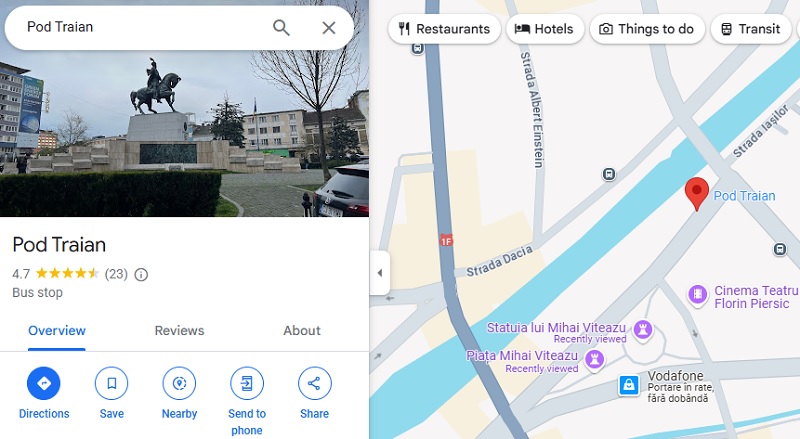
Turda city centre
Turda is your typical Transylvanian town, with a handful of ornate buildings in the centre, including its town hall, a few older residential neighbourhoods around it, and some small communist-era blocks of flats in the suburbs.
In town, you will find a selection of decent cafés and restaurants where you can enjoy a drink or a meal.
However, the main sights that draw visitors from Cluj to Turda, the salt mine and the gorge, are not in the centre but just outside town.
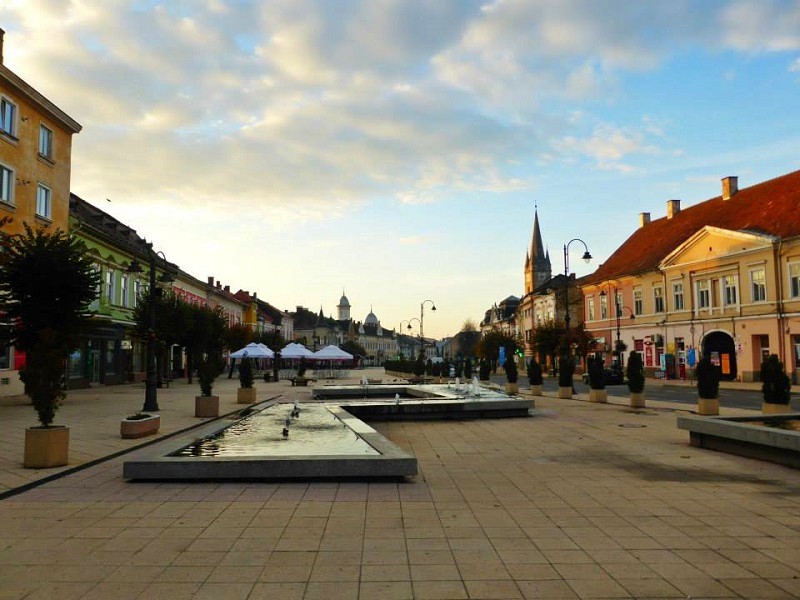
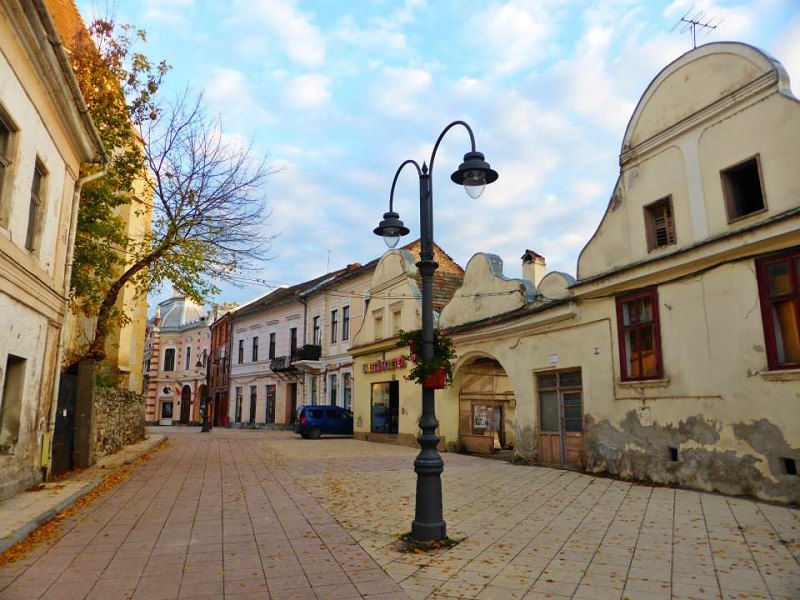
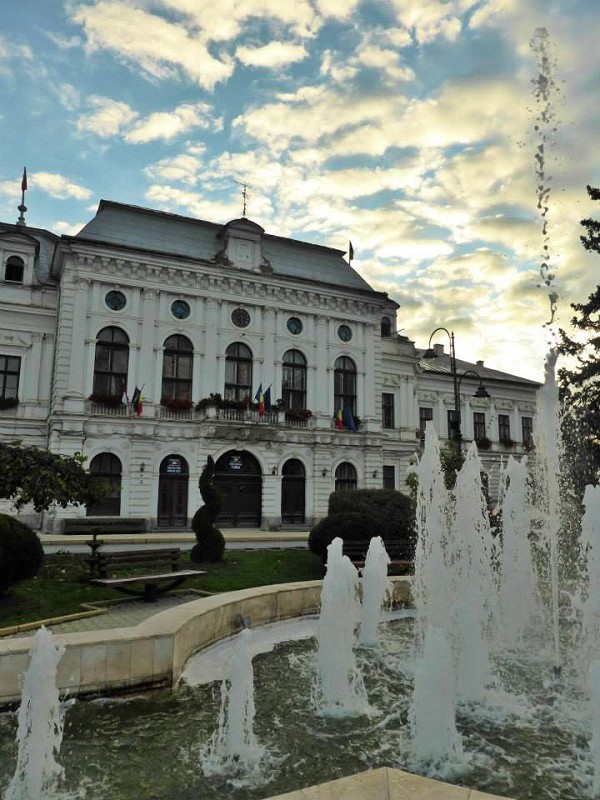
Reaching the Turda Salt Mine
The Turda Salt Mine, known as Salina Turda in Romanian, lies approximately 3 kilometres north of the town centre, a distance that can be covered by a 45-minute walk or a short taxi ride.
It is also possible to take the local bus (line 17) from Turda’s town centre to the salt mine, although its schedule is limited, with departures roughly every 90 minutes.
If you travel in your own car, you’ll find ample parking in front of the salt mine.
A standard entry ticket to the Turda Salt Mine for adults costs 50 lei (€10) on weekdays and 60 lei (€12) on weekends and public holidays, while children aged 3 to 18 pay 30 lei (€6) regardless of the day of visit.
An additional ticket of 20 RON (€4) per person is required if you wish to visit the Ghizela Mine in addition to the main mine.
The current opening hours of the Turda Salt Mine are from 9am to 5pm every day of the week, with the last visitors admitted no later than 4pm.
Note that the temperature in the salt mine is a constant 12 degrees Celsius, no matter the time of year, so you may want to bring a sweater or jacket, even if you visit in summer.
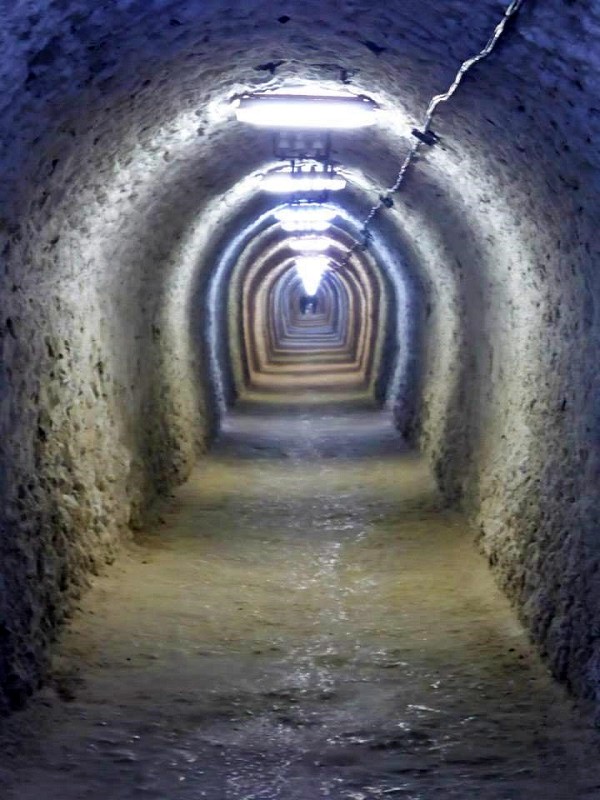
Salt mining in Turda, a short history
Romania has a long tradition of salt mining, and the mine in Turda is far from the only one in the country, though it is the best-known and most-visited, along with the salt mine in Slănic (Salina Slănic), located some 100 kilometres north of Bucharest.
In Turda, salt mining dates back to at least 50 BC, with archaeological evidence showing that both the ancient Dacians and the Romans dug pits to extract this prized commodity.
Salt mining continued in Turda during medieval times, but the current mines have their origins in the Habsburg era, when Transylvania was under Austro-Hungarian rule.
The mines currently accessible to the public with a standard entry ticket are the Joseph Mine (Mina Iosif), Rudolf Mine (Mina Rudolf), and Theresa Mine (Mina Terezia), along with several smaller chambers and galleries.
As you may have noticed, all of these mines are named after prominent members of the Habsburg family.
In some of the underground chambers, most notably the Crivac Chamber, where you can find an old horse mill from 1881 used as an extraction machine, you can learn more about the history of the Turda Salt Mine and the mining process.
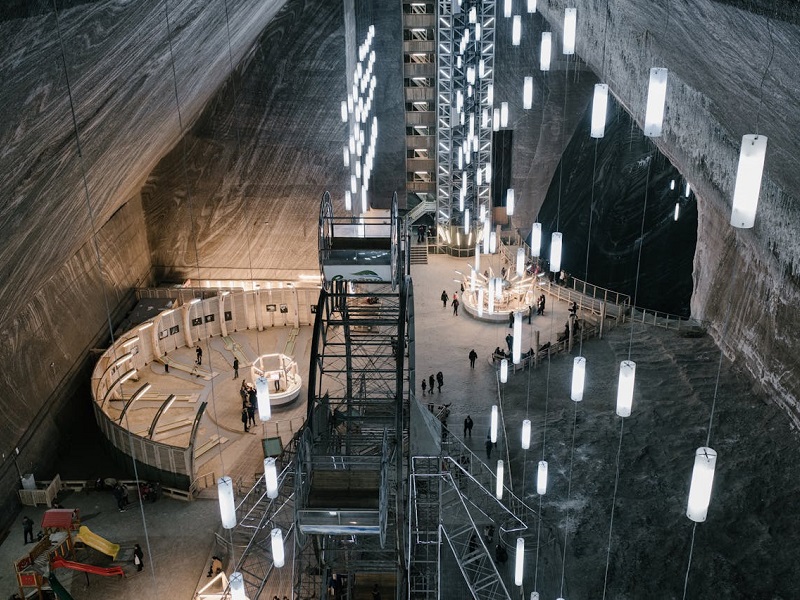
Rudolf Mine
You enter the Turda Salt Mine through a long tunnel called the Franz Josef Gallery, built between 1853 and 1870.
After a short walk through this gallery, you descend below ground via a lift or a series of steps to reach the floor of the Rudolf Mine, which lies at a depth of 120 metres underground.
The Rudolf Mine is named after Crown Prince Rudolf of Austria, who died in 1889 in a suicide pact with his mistress, leaving Habsburg Emperor Franz Joseph without a direct male heir to the throne.
This mine was used for salt extraction between 1864 and 1932, and at each resting bridge built against the wall, you can see markings indicating the year each level was mined.
The Rudolf Mine is the last place at the Turda Salt Mine where salt was commercially extracted, as it could no longer compete with other salt mines across the country due to its low yields and outdated equipment.
In 1932, the entire Turda Salt Mine closed indefinitely, but it was reopened in 1992 for recreational, tourist, and health purposes, as the clean, saline air has curative effects and helps soothe certain respiratory, skin, and allergic conditions.
The dimensions of the Rudolf Mine will certainly leave you breathless, whether you admire it from the bottom or from high above on the gallery 13 floors up.
The rectangular chamber of the Rudolf Mine is 80 metres long, 50 metres wide, and 42 metres high.

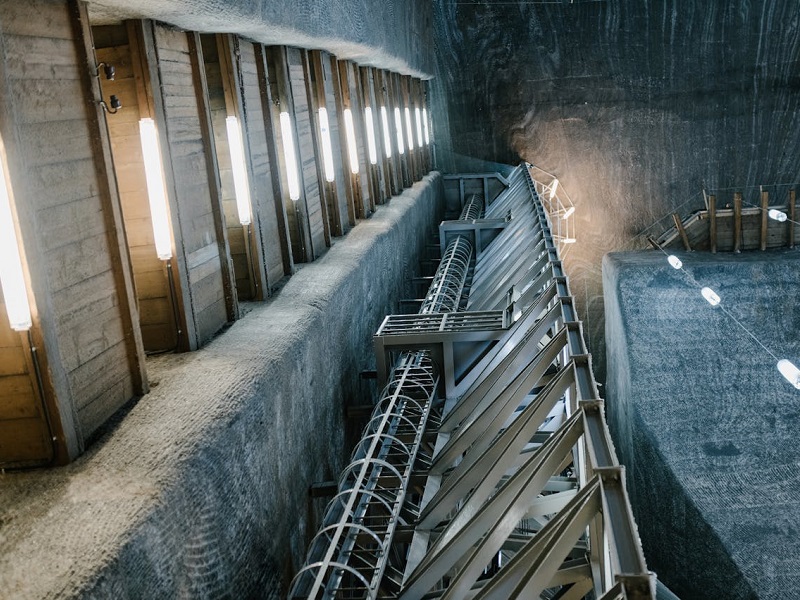
Activities in the mine
Throughout the various chambers of the Turda Salt Mine, you can find a range of attractions and activities to enjoy.
In the Rudolf Mine, you’ll find among other things a giant panorama wheel, a mini golf course, a children’s playground, billiard tables, and several underground sports fields where you can play basketball and table tennis.
Note that a small additional fee applies for these fun rides and activities.
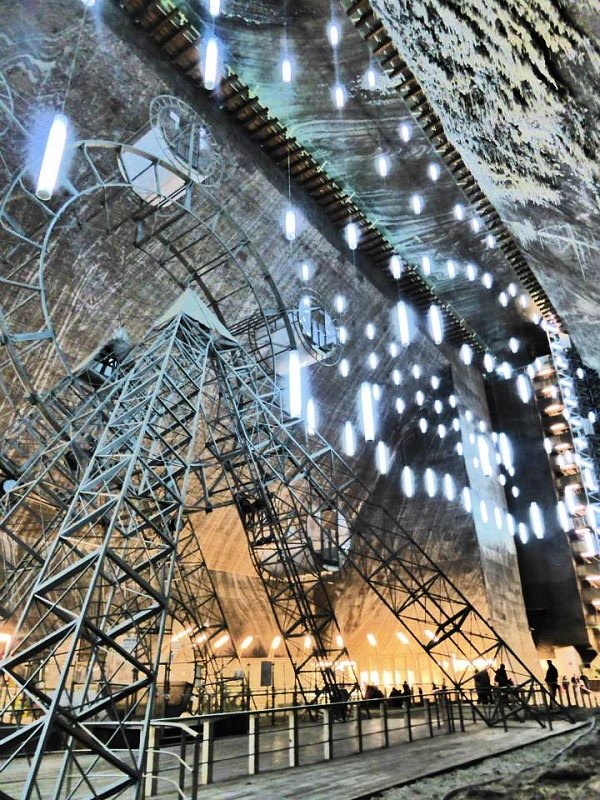
Theresa Mine
Next to the Rudolf Mine lies the Theresa Mine, the oldest in the Turda Salt Mine complex, as salt was mined here from 1690 to 1880.
This mine is also highly impressive in size, with a chamber that is 90 metres high and has a diameter of 75 metres.
The Theresa Mine is dominated by its underground lake, which is up to 6 metres deep and features a small island in the middle, formed by the residual salt deposited after the mine closed in 1880.
The main attraction in this part of the mine is the rowing boats, which you can rent if you wish to paddle across the underground lake.
Make sure you also admire the salt waterfall and the many stalactites in this mine.
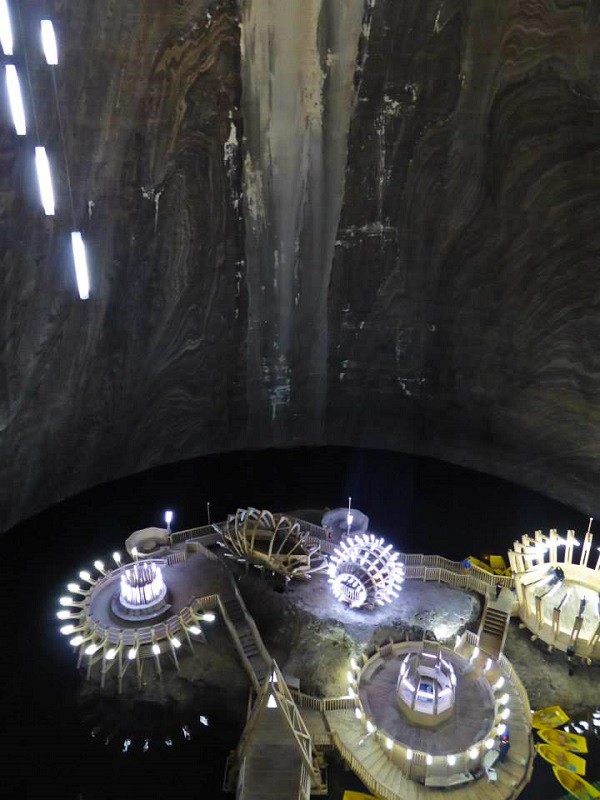
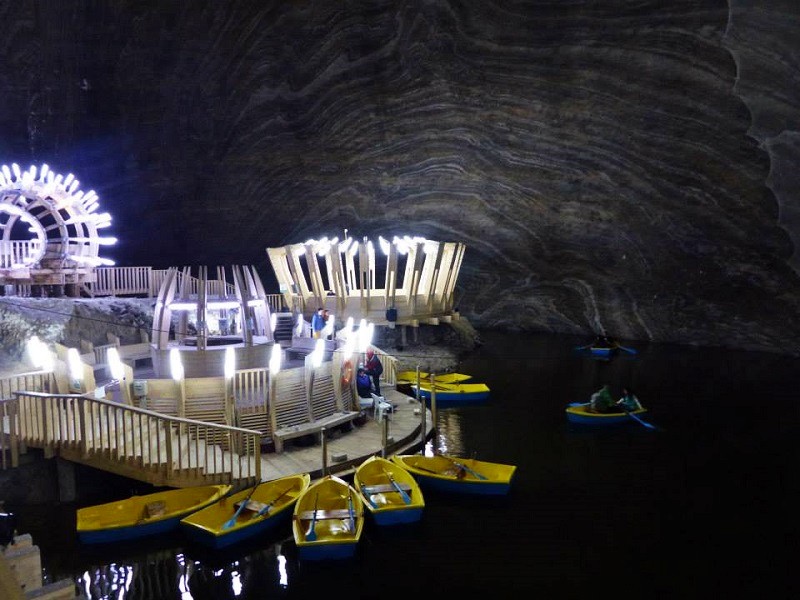
Joseph Mine
The last mine I visited was the Joseph Mine, where salt extraction took place between 1740 and 1900.
The Joseph Mine is a conical-shaped mine, reaching a depth of 115 metres from the surface, with a diameter of 67 metres at ground level.
Unfortunately, I could only view this mine from the gallery running alongside it, as it is being prepared to welcome visitors.
The Joseph Mine is also known as the Echo Chamber – simply shout something from the gallery into the mine, and you’ll hear your voice echo back!
Turda Gorge
If you make a day trip from Cluj-Napoca to Turda, it’s well worth including the Turda Gorge (Cheile Turzii) on your itinerary, either before or after your visit to the salt mine.
This stunning river gorge offers excellent hiking opportunities and breathtaking scenery for those with an adventurous spirit.
In the next chapter of this trip report series, I’ll describe what the hike through the Turda Gorge is like and provide all the essential practical information, including how to reach this canyon by public transport.

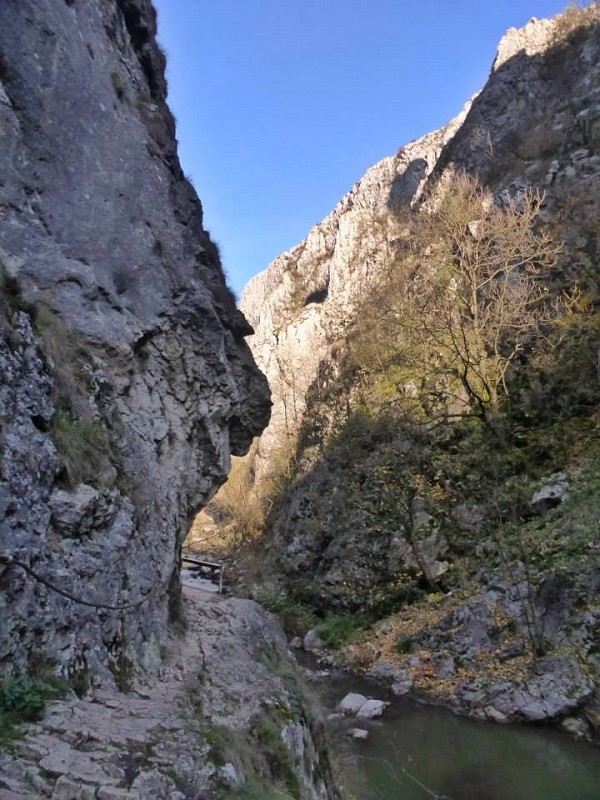
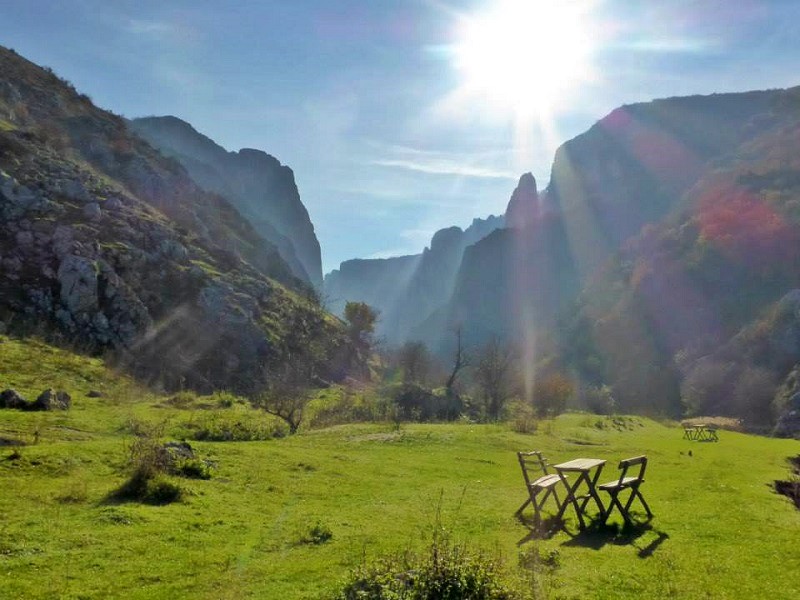
Conclusion
If you make a day trip from Cluj-Napoca, head out to the town of Turda, which has an absolutely impressive salt mine and a beautiful gorge.
The Turda Salt Mine (Salina Turda), located on the northern outskirts of town, dates back to ancient Dacian and Roman times, although the mines that can be visited today date from the Habsburg era.
Salt was mined here from 1690 to 1932, when commercial mining operations ceased.
The Turda Salt Mine is a highly impressive sight due to the massive size of its underground chambers, which reach heights of almost 100 metres.
Deep below the ground inside the mine, you can also find several fun attractions, such as an underground lake with boat rides and a Ferris wheel.
It’s easy enough to get from Cluj-Napoca to Turda by public transport in order to visit its salt mine and gorge, although it also makes sense to get there by car, especially if you’re planning to rent one as part of a longer Romanian itinerary, where Turda is definitely worth including!
Trip report index
This article is part of the ‘Back to Central Asia: Travels Through Kazakhstan and Kyrgyzstan‘ trip report, which consists of the following chapters:
1. Review: TAROM Domestic Flight Bucharest to Cluj-Napoca
2. Cluj-Napoca: A Travel Guide to Transylvania’s Vibrant Capital
3. Turda Salt Mine and Gorge: An Easy Cluj-Napoca Day Trip (current chapter)
4. Cheile Turzii: Hiking Through the Impressive Turda Gorge
5. Review: Cluj-Napoca Airport Business Lounge
6. Guide: Free Turkish Airlines Transit Hotel at Istanbul Airport
7. Minsk, Belarus: Chasing Soviet Ghosts in Europe’s Last Dictatorship
8. Review: Minsk Airport International Business Lounge
9. Review: Turkish Airlines Business Class Minsk-Istanbul-Almaty
10. A Visit to Almaty, Kazakhstan’s Vibrant Economic Capital
** rest of the chapters to follow soon **

